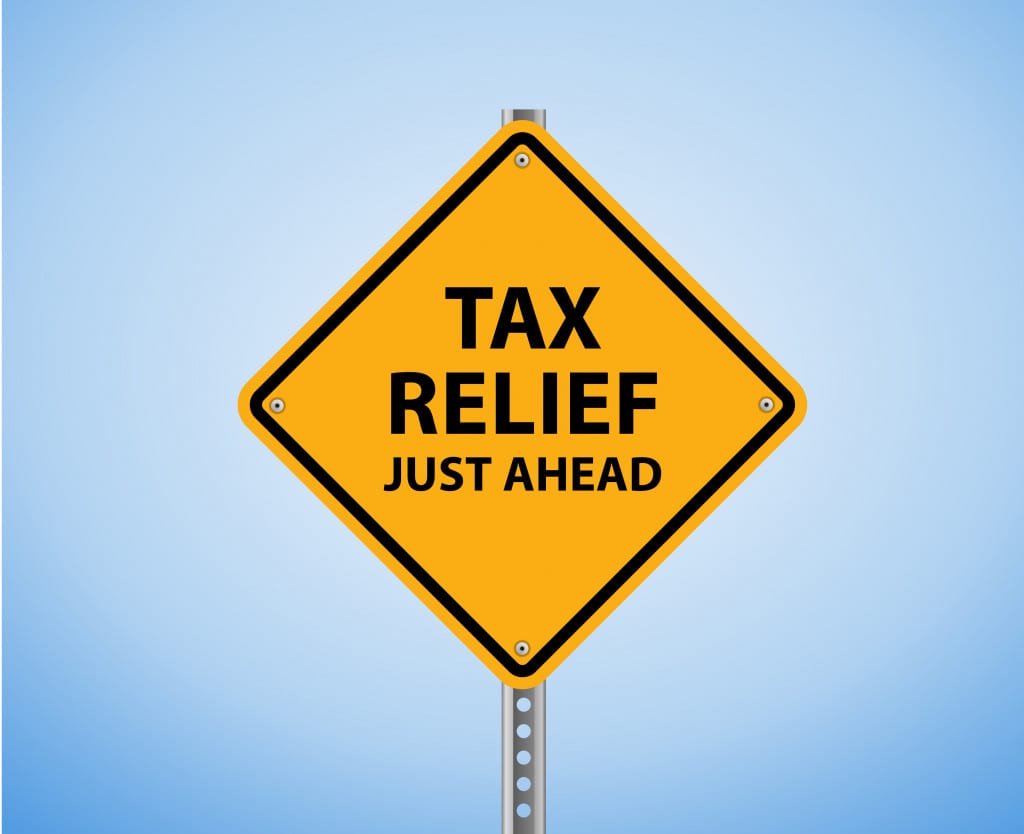After weeks of manifesto promises, reactions and a surprise General Election result; predictions of likely changes to pensions have been varied and wide-ranging, as well as a high-profile subject for financial and political commentators alike.
In the past few weeks, finer details about pensions have been superseded by political wrangling, but now with a new Government formed and with economic circumstances still delicate, it’s likely that changes to pension tax relief may be forced back onto the agenda.
The current system of giving tax relief at people’s marginal income rate costs the Treasury £35bn a year, according to the Pensions Policy Institute, which also estimates a single flat rate at 20 per cent would save the Treasury around £13bn a year while a single flat rate set at 30 per cent would be cost neutral, with the latter making pension saving more beneficial for the less well off.
In my belief, a single flat rate of pensions tax relief would make pensions far simpler for savers to understand and easier for the pensions industry to administer, ultimately saving costs.
A single flat rate could also remove the requirement for the Annual Allowance which compounds the move towards a simpler system, as undeniably in recent years the entire pensions landscape has become more and more complex for people to understand and the pensions industry to administer.
However, losers in a proposed single flat rate tax relief system would include higher tax rate-payers not currently impacted by the Annual Allowance.
Overall, it remains to be seen if the new Government with such a limited majority will introduce such a far-reaching policy with many winners and losers. However, the economic benefits of moving towards a different tax relief system can be seen, so in my opinion, pension savers should be prepared for such changes soon.
Stuart Price
stuart.price@quantumadvisory.co.uk

